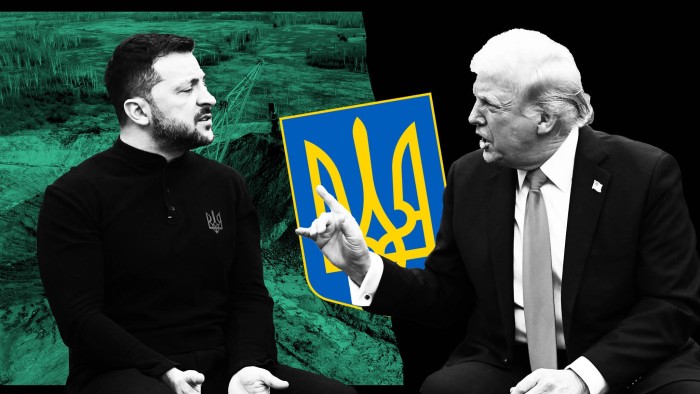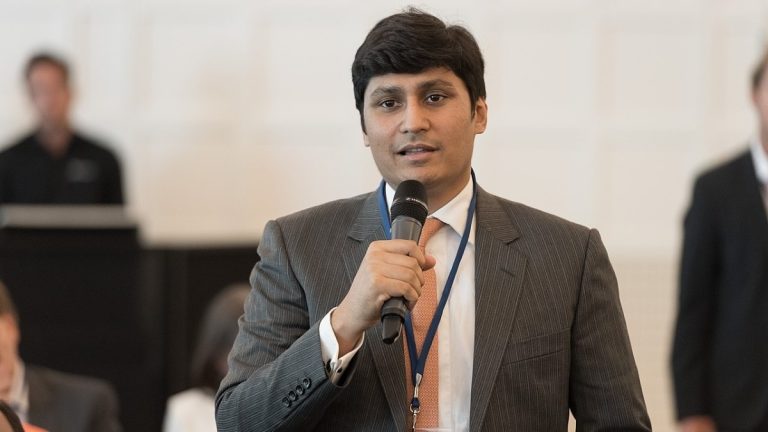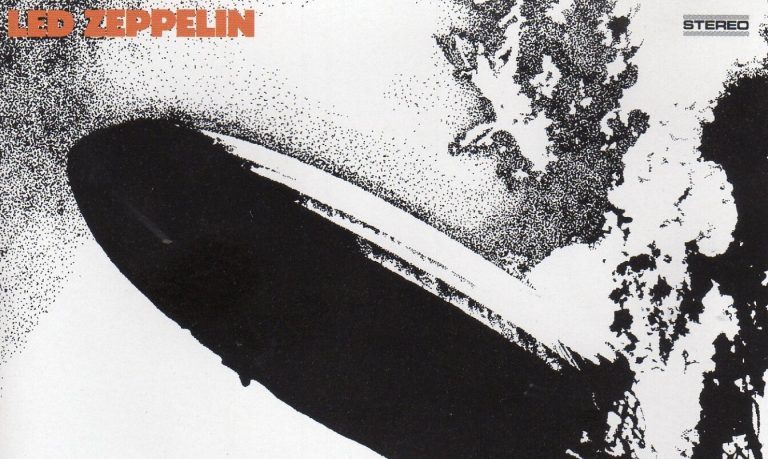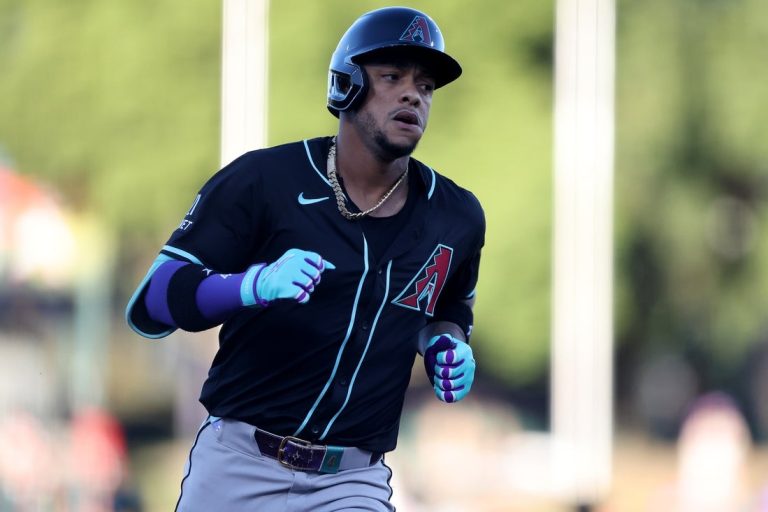It was an idea Volodymyr Zelenskyy thought would stir Donald Trump’s interest in backing Ukraine: an offer for the US to gain special access to his country’s abundant natural resources.
When the Ukrainian president pitched the plan in Trump Tower to Trump, then the Republican candidate, the first signs were promising. Despite dismissing Zelenskyy days earlier as “the greatest salesman in history” for convincing the US to bankroll his defence of Ukraine, Trump responded with “interest”, said people who were present in the September meeting.
Little did they imagine just how ruthlessly interested Trump would be in Ukraine’s minerals — or how catastrophic the negotiations would threaten to become for Kyiv, its president, and the prospects of holding off Russia’s invasion.
The breakthrough finally came when Trump and Zelenskyy met again, seven months later, this time in the splendour of the Vatican. Zelenskyy said he told Trump there he was ready to seal the deal. “In fact, now we have the first result of the Vatican meeting, which makes it truly historic,” he said Thursday.
But the rancour they had to overcome was considerable: months of fraught negotiations, an explosive Oval Office exchange, and countless near-miss moments when talks almost collapsed — right up to the final few hours.
The deal, signed on Wednesday by US Treasury Secretary Scott Bessent and Ukraine’s First Deputy Foreign Minister Yulia Svyrydenko in Washington, secures US involvement in developing Ukraine’s natural resources. But its potential significance is far greater.

For Ukraine, the agreement offers reassurance amid profound concern that Trump could abandon Ukraine to pursue a broader ceasefire deal with Russia. For Trump, it represents a step towards his promise to recoup some of the billions Washington has spent supporting Ukraine since Russia’s 2022 full-scale invasion.
US companies will gain preferential access to key Ukrainian projects and resources including aluminium, lithium, titanium, graphite, oil and natural gas. US officials also said it would bolster ties with Kyiv after a tumultuous few months.
“This partnership is going to be fundamental to the peace process [Trump] is leading, because it sends a strong message to Russia that the United States has skin in the game . . . and is committed to Ukraine’s long-term success,” said a senior US Treasury official.
Kyiv officials and many analysts see the move as part of Ukraine’s broader effort to maintain strategic ties with Washington as Trump pushes to end the conflict.
This account of the turbulent path to a deal is based on reporting from inside the Ukrainian presidential administration, interviews with more than a dozen Ukrainian officials who were directly involved, senior US figures, western diplomats briefed on the talks, and legal experts advising Kyiv.
The agreement’s origins trace back to early last summer, when Zelenskyy tasked his advisers with devising a strategy to secure long-term American backing and swing momentum in the war away from Russia.
The pitch for a five-point “victory plan” combined security proposals with strategic economic partnerships. One official close to Zelenskyy said it was “an attempt to change the trajectory of the war and bring Russia to the table . . . Zelenskyy really believes in it”.

Point four called for opening up Ukraine’s natural resources to western investment, a concept partly inspired by Republican senator Lindsey Graham. In exchange, Ukraine was meant to secure bigger, better and more American military support to defend itself, if not retake lost land.
President Joe Biden showed little enthusiasm for providing huge amounts of additional western weaponry, fearing such a surge could deplete US stocks or lead to Russian escalation. The White House team did, however, show interest in a joint economic deal.
After Zelenskyy sold the idea to Trump in Trump Tower, the self-proclaimed master dealmaker was even more intrigued by the economic angle and the idea of securing rare earths in exchange for continued US aid.
Given his interest, and polls showing Trump was ahead in the US presidential race, Zelenskyy’s team opted to hold off on exploring a minerals deal with Biden’s government, and decided instead to maximise potential leverage with any incoming Trump administration.
The newly inaugurated president Trump took just two weeks to publicly link US support with access to Ukraine’s mineral wealth, citing a $500bn figure as the compensation due for past American aid — a multiple of the actual support provided. “They have great rare earth. And I want security of the rare earth,” Trump said.
Senior Ukrainian officials were alarmed by the scale of the demand — and even more worried by the lack of any mention of future US military support. Still, Kyiv pursued talks, hoping to extract better terms and stay in Trump’s good graces.

A few days later Treasury secretary Bessent stepped off an overnight train in Kyiv with a draft proposal granting the US ownership of 50 per cent of the rights to Ukraine’s rare earths and critical minerals — with no commitment to future military or financial assistance.
Zelenskyy had an hour’s notice of the document and saw it ahead of his meeting with Bessent only thanks to the US ambassador in Kyiv, Bridget Brink, who dashed across the capital with a copy.
She briefed him on its contents, which had yet to be translated into his native language, warning that Bessent expected him to sign it before he returned to Washington.
But Zelenskyy is a politician who does not take well to ultimatums. During their meeting, the raised voices of both Zelenskyy and Bessent could be heard through the heavy, gilded doors. “He was very angry,” a Ukrainian official who stood nearby said of the president.
When they emerged, Zelenskyy told reporters he would not sign at that time. “It is not in our interests today . . . not in the interests of sovereign Ukraine,” he said. His main concern was the total lack of security guarantees.
European and Ukrainian officials pondered whether Zelenskyy had made a strategic error by not being more explicit about his goals from the outset. “It was written as a lure for Trump, clearly,” said a senior European official. “But the lack of detail meant Trump could essentially name his price.”
A senior Ukrainian official said Zelenskyy should have been “crystal clear” about the link “to future guarantees of [American] security assistance”.

After Bessent’s visit, Washington dialled up pressure. “Without the support of the United States and the American people, Ukraine’s position today would be perilous at best,” wrote the Treasury secretary in an FT op-ed.
Talks eventually resumed. Ukrainian officials were ready to sign the revised terms after the US dropped demands for a potential $500bn payday. They even pressed on after Trump said the US would not give Ukraine security guarantees. “We’re going to have Europe do that,” Trump said.
Zelenskyy headed to Washington to close the agreement, with a signing ceremony planned. Trump shook Zelenskyy’s hand at the White House West Wing entrance, and complimented him on his military-style outfit.
Then they moved to the Oval Office, where the meeting started well, with Zelenskyy presenting Trump with the championship belt of Ukrainian boxer Oleksandr Usyk in front of reporters and cameras.
But within minutes the conversation devolved into a shouting match, with Trump accusing Zelenskyy of “gambling with World War Three”.
Trump scolded him: “You don’t have the cards.”
“I’m not playing cards,” Zelenskyy replied.
With the signing ceremony cancelled, Zelenskyy was ushered unceremoniously out of the White House. A fancy lunch planned for the Ukrainians was instead served to Trump’s staff.

By late March, the Trump administration had paused US military aid and expanded its demands. “They want to play dirty now,” said a Ukrainian official.
A new draft then proposed Washington and Kyiv establish a supervisory board to control oil, gas and mineral revenues — with the US in effect holding veto power over decisions. The draft also said US support to Ukraine since Russia’s invasion would be “deemed as contributions to the partnership”. No future military aid was mentioned.
Ukrainian officials likened the offer to “extortion” and “blackmail”.
Trump dialled up the pressure. In early April, he accused Zelenskyy of trying to back out of the deal and warned he would face “big problems”.
Zelenskyy, in turn, ordered his team to work it out with the US. In a sign of how tense the situation had become, the Ukrainian leader ordered his domestic security service to investigate leaks of the latest US proposal.
Despite the setbacks, negotiators pressed on. A virtual signing of a memorandum of intent on April 18 laid the groundwork for renewed talks.
Then Trump and Zelenskyy met in Rome. Trump told NewsNation of the Vatican meeting: “I was telling [Zelenskyy] that it’s a very good thing if we can produce a deal and you sign it, because Russia is much bigger and much stronger”.
By Monday, officials said they had reached a compromise: Washington had dropped its demand to factor in only past aid as part of the US contribution.

Even so, as Svyrydenko’s plane was in the air bound for Washington to sign the framework accord on Wednesday, US officials insisted that she also sign two additional documents — the full fund agreement and a technical annex — and accused Kyiv of trying to reopen negotiations.
Bessent’s team told the Ukrainians Svyrydenko should “be ready to sign all agreements, or go back home”, said people involved.
Ukraine, citing legal procedures, particularly the ratification of the fund agreement by its parliament, at first declined to do so. But they said they would find a way.
Negotiations extended into the evening. Ukraine’s Prime Minister Denys Shmyhal convened an emergency cabinet meeting in Kyiv to authorise Svyrydenko to proceed without parliament’s approval. Shortly after, the deal was completed.
Photos circulated of the two officials holding the documents, calling the deal a symbol of their “co-operation”. Svyrydenko posted a smiley selfie in front of the US Treasury.
The deal still requires ratification by Ukraine’s parliament — and work on implementation remains. Whether the agreement holds could depend not only on the terms still to be finalised, but on how long Zelenskyy and Trump can manage their fraught relationship.
“We weren’t choosing between good and bad — we were choosing between bad and worse,” said Inna Sovsun, an opposition MP.
“What we got,” she added, “is better than the initial offer”.





